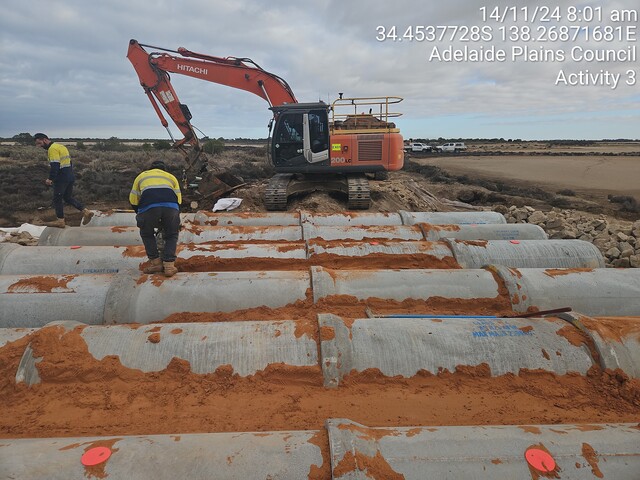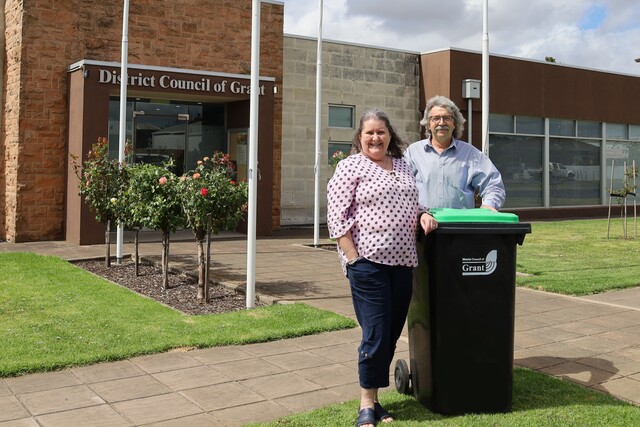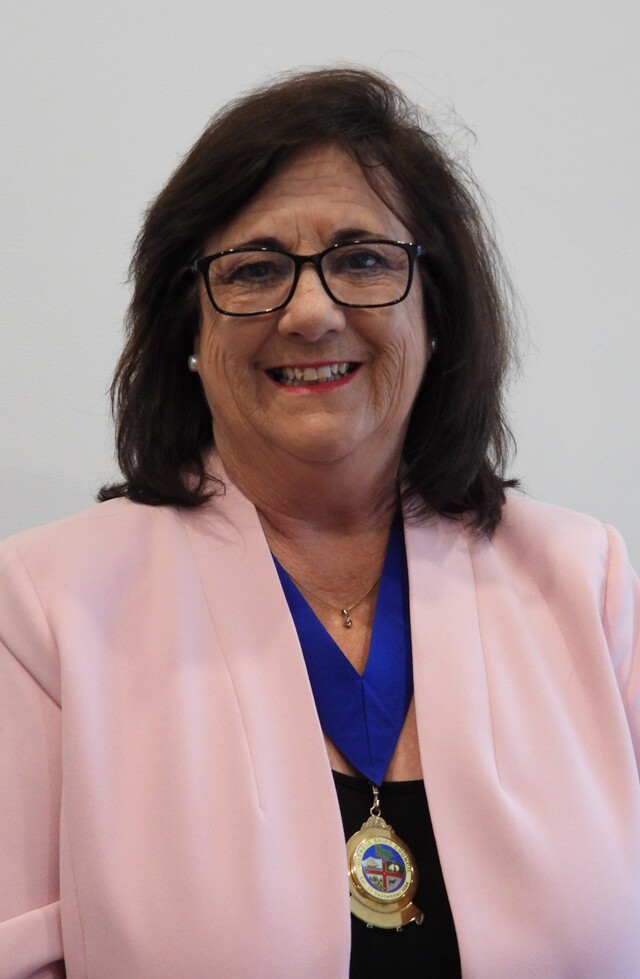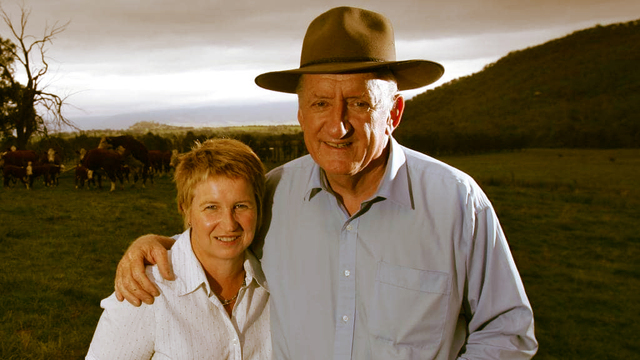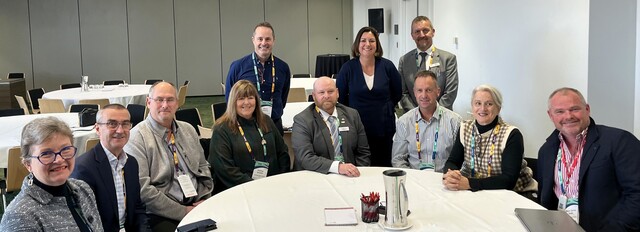Professor Richard Holden of University New South Wales (UNSW) says we should provide tax incentives to coax expanding firms into regional centres, rather than propping up failing industries.
In a paper released last month, he argues:
“The money should go to towns instead because they are a point of coordination in a way that industries are not. If a good size business locates in a town then people locate there. Those pay-checks drive other local jobs, which drive more people. This, in turn drives more local businesses, local vibrancy, and so on. Towns can be the centrepiece of a virtuous circle of coordination.”
Prof Holden reckons that policymakers can’t get away from the “towns problem” because the workers in regional areas affected by globalisation aren’t easily moved for numerous reasons. But he concedes that not every town can be saved, and that figuring out which ones can, through the infusion of new commercial activity, is the key to providing hope for the victims of globalisation. He instances the practice in China where new cities are a centrepiece of its economic development planning e.g. the recently announced Xiongan New Area, a city that could grow to three times the area of New York.
He says the Chinese approach demonstrates the merits, and feasibility, of making the town the centre of policy whereby government focuses on what it takes to make a town succeed, rather than what it takes to make an industry survive a little longer. He argues that the side effects of globalisation that have led to our current populist politics will not be successfully addressed by old-style industry policy. And focusing on the aggregate benefits of globalisation is also not working – the better option is to redistribute those benefits by focusing on regions that can succeed, and breathing new economic life into them.
Does his argument hold water?
Prof. Holden’s Harvard Ph.D. suggests he’s not a nutter. Indeed his thinking on the interface between regional and industry policy is innovative and timely.
- He’s onto something because old-style industry policy clearly isn’t working. In Australia it is mainly centred on Ausindustry programs and R&D grants. These programs are long-standing, but they need reinforcement. Adopting Holden’s approach would build clusters and enliven the investment attractiveness of places undergoing structural change (viz. Adelaide, Townsville, Latrobe Valley, Whyalla).
- His use of new Chinese cities as the broad model could be widened to include models in the western world e.g. Milton Keynes (UK), Reston (Virginia, USA), Hammarby Sjöstad eco-town (Sweden).
- But his emphasis on tax breaks might need downplaying. There are more transparent and more efficient ways of achieving the same.
ALGA State of Regions Report is relevant
Dr. Peter Brain and his colleagues gave their annual regional snapshot at the ALGA annual conference last month. This year the take-home message was that the gap between the Bush and the cities is growing inexorably, and there is a risk of a Brexit/Trump political response unless some redistribution of wealth occurs.
Dr. Brain went on to explain that the ability of a region to increase its productivity depends on its stock of productivity growth enablers – capital stock, skills, scale, knowledge creation infrastructure, supply chain density. He argues that poorly productive regions are poor because they have poor stocks of these enablers.
In terms of a policy response, I presume this means the introduction of measures to improve the capital stock and skills of disadvantaged regions. This could be pursued by large regional subsidies such as those handed out by the EC to southern Italy, Greece, etc. over the last 30 to 40 years.
While we’re surely not at this point in Australia, it gets us back to Professor Holden’s idea of putting more policy emphasis on towns and regions. This would presumably mean infrastructure audits to identify the gaps that need filling (and in a more coordinated way!) and some higher level understanding of how public infrastructure expenditure can draw in private sector investment. We are a long way from that at the moment, but who knows!
Jugiong – food-inspired regional development
Jugiong is a small town on the Murrumbidgee River about 40km south of Yass. The Hume Highway bypassed it in 1995 and the town declined. But the town has made an amazing comeback.
Let me explain. The town has two key businesses – the Long Track Pantry and the Sir George Pub. The latter recently re-opened after a major fit-out by its new owners, a mother-daughter team from Perth. The two businesses complement each other because they focus on quality food offerings in beautiful settings, and social media and word-of-mouth has really helped them. Indeed, Jerilderie Shire’s GM told me some years back that the Pantry was the natural place to stop on his trips to Canberra and Sydney.
As Kate Hufton from the Pub explains, “We only opened last December, and we haven’t got our marketing fully organised yet, but we get customers from across the region including Wagga, Tumut, Yass, etc.”
The role of social media is instructive, given the pretty poor highway signage right along the Hume Highway. Perhaps their businesses would get a further boost once the highway signage tells travellers that Jugiong was Richie Benaud’s hometown between the ages of 9 and 13 when his dad was the schoolmaster. Imagine the cricket tragics dropping in if they knew of Jugiong’s famous former citizen.
Rod Brown is a Canberra-based consultant and lobbyist specialising in industry/regional development, investment attraction and clusters, and accessing federal grants. He also runs the Cockatoo Network.
Phone: (02) 6231 7261 or 0412 922 559
Email: apdcockatoo@iprimus.com.au
Blog: investmentinnovation.wordpress.com (750+articles)


